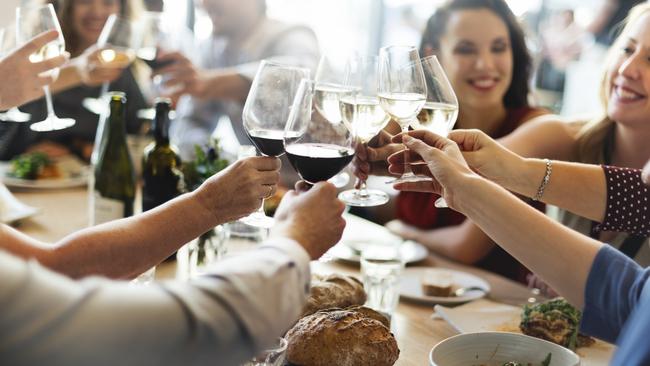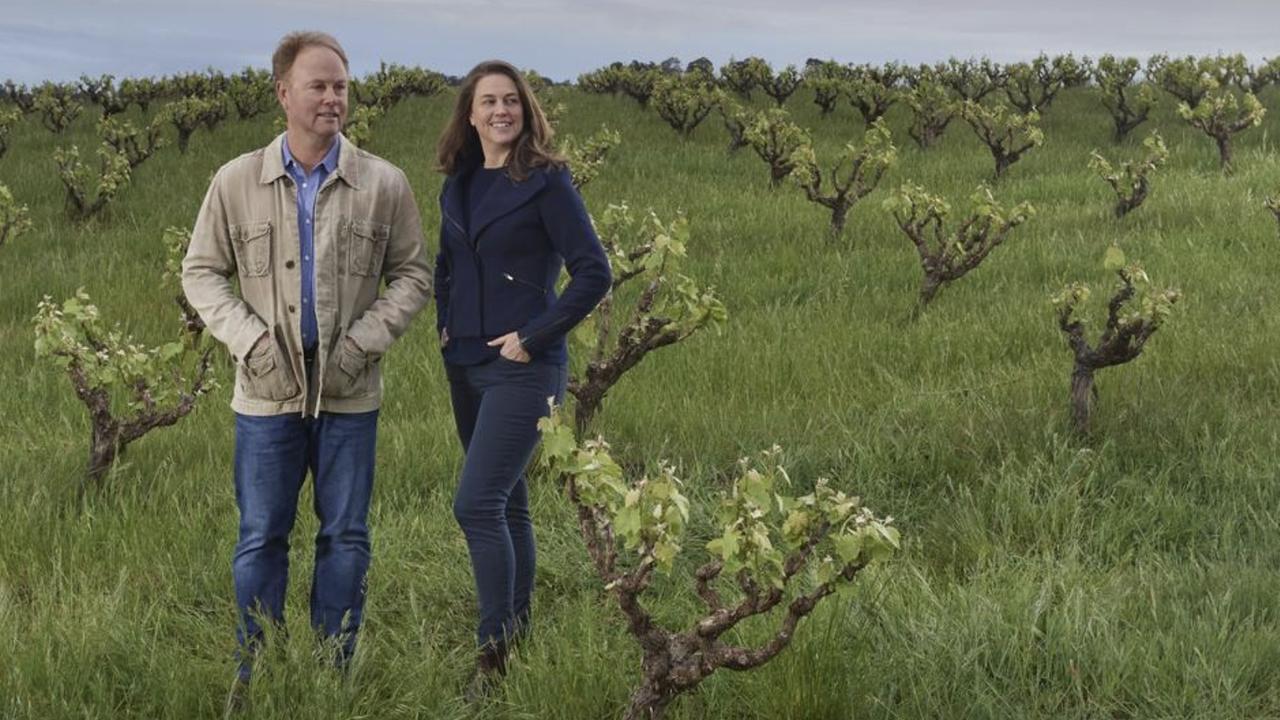Eating out: what’s the true cost?
Eating out is a shock to the wallet — the 200 per cent markups on wines, the $40 entrees, the $70 main courses. Is it really worth it?

I was chatting with a mate the other day and he asked when I was last in America. About eight years ago, I said. Why? “I think you’d be in for a shock now.” That comment could apply to so many facets of American life, from politics to religion, race relations to crime. But what we were actually talking about was the cost of eating at restaurants in New York City.
I’ve been banging on lately about the shock of eating out in Australia. The 200 per cent markups on wines, the $40 entrees, the $70 main courses and all the bits and pieces like bread, water and a sensible tip if they’ve earned it... you can’t eat in a decent restaurant for less than $400 a double these days if you want a drink. Yeah, my salary hasn’t increased lately either.
But this letter from America was a valuable bit of perspective. My mate Richard, who’s been to the US a fair bit lately with a son at college there, likes to dine out, but like me he’s not made of money. “So, you look at the menu and the steak’s $US40 – that’s about $56 Aussie. Then you add 10 per cent tax. Then you add the tip.” I suggested that was about, what, 15 per cent? Don’t be naive, John. “The payment machines start at a suggested 20 per cent and go up to 30, occasionally 35 per cent.” So now your $US40 steak is $74, roughly, with the minimum expected tip. “And obviously in restaurants we’re used to tipping, but it’s on just about everything there. It means a takeaway coffee costs something like $10 Aussie. And you’re being asked, via the payment device, to tip on everything from takeaway to food trucks.”
Richard’s take on the situation? During Covid’s first wave in the US, he says, a lot of goodwill went out to those in the hospitality and food service industries who relied on tips to make a living, because restaurants don’t pay service staff a living wage. And so the default became to err on the generous side. Adding 15 per cent, say, or even more for a takeaway meal or grocery delivery, felt like appropriate support to people often putting themselves at greater risk – the least they could do. Two years on, things have returned pretty much to normal – except, it seems, for the tipping expectations of everyone from ice cream vendors to drive-through fast food joints.
Imagine a meal at Masa, the Michelin-starred Japanese restaurant in Manhattan. The fixed price food-only ticket is $US595. Plus tax. Plus tip. Before you whet your whistle. Let’s call that around $1100 Aussie without sake.
My point? Swings and roundabouts. Compared with the lottery system in the US, a 10 per cent tip for really good service in a nice Australian restaurant, knowing the staff are earning decent pay, makes a $125 rib eye seem a little more palatable. Nay, actually pretty good value after all. And the food’s probably better here too.


